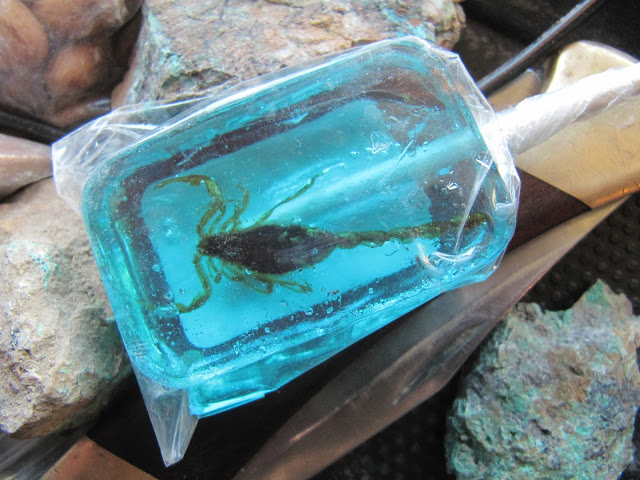For $1000 it, came with a refridgerator, queen size bed area, hot water heater, furnace, and also a "wet" bathroom, where the floor is a drain pan so a shower can be taken. Sounds like a lot to cram into the back of a pickup, right? It is.
And it came with the promise that it "doesn't leak". It does.
Well, did.
I've fixed many holes, cracks, missing sealants with just silicone sealant.
When I made the purchase, I did so knowing the burdensome tasks and long amounts of labor ahead that would allow me to live in it. Oh yes, that is the reason that I had bought it in the first place.
You see, even being a little kid I can remember a feeling I would get as my family would break down the campsite. A sickness, a sadness of sorts, the fact that you had to leave and go back home dropping like a stone in your stomach. Why did you have to leave the sunshine and the lake to go back to the responsibilities and fluorescent lights? It didn't seem fair. Even when I began camping with my friends, I found myself voting to hike all day and return later in the evening, rather than get home early for a shower and some better food. So what if you could go on a camping trip that doesn't end?
The idea had intrigued me throughout my college years, but school yielded only weekends and summer required a job, per usual. After realizing my love for geology in my sophomore year, and falling madly in love with rocks, I had not put two and two together until my last fall semester in Boulder. In fact, somebody had asked me what my intentions for post graduation were. Having had a few beers I had hastily and sarcastically replied "Living in a camper and looking for rocks", half-serious. As soon as I had said it though, I realized that was what I actually wanted to do. Go on the never-ending camping trip. Rocks were my key to being outside, something to look for/at/in, and could be used to make ends meet for this never-ending camping trip. So I ruminated on the idea for a few months, but the more I had thought about it, the better it sounded.
So I bought a camper.
In August of the next year, I had saved up some money from working at a sub shop, and bought the Coachman.
Here it is on my Silverado. Its huge, and weighs around 3000 lbs.
The interior was pretty hideous, with dark wood grain everywhere and rotting orange upholstery.
And it had a rather... unique odor to it. and some carpet that had been in there collecting dirt for ages. When would you ever vacuum carpet in a camper?
Note the lovely wildflower wallpaper, and cream colored plastic sink.
After removing everything with that I deemed needing of painting (including the toilet) and painting it with the various cans of spraypaint found in my parents' house, recoating the countertops with geologic maps, and adding vinyl tile flooring and backsplash, and painting all of the walls and cabinets, it looks a little more like a home for me.
First was the upholstery. A little known fact is that a sewing machine is indeed a power tool. The cushions used about $40 worth of fabric from the fabric store (where sales never seem to end) and a spool of thread. I am no seamster, nor do I claim much more than the ability to thread the machine and sew a straight line, but it wasn't that hard at all to put these cushions together. More thinking than sewing really.
As for the painting, every forum emphasized the absolute need to sand, prime, sand, and then paint. Well, I had a lot of painting to be done and not a lot of primer. So I just put paint onto luan (thin, laminate 1/8" thick wood grain paneling used for camper interiors). It took two coats, but its been just fine. I had even painted right over vinyl wallpaper, which if you search around, this would seem a painting sin. Maybe its not the strongest when it gets scratched, but that just means it needs another layer anyways.













































